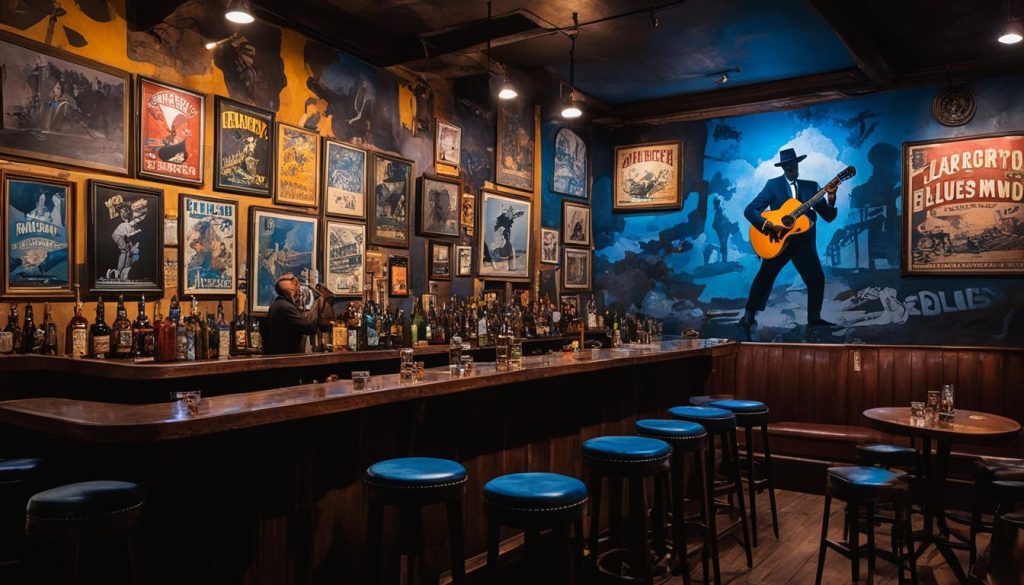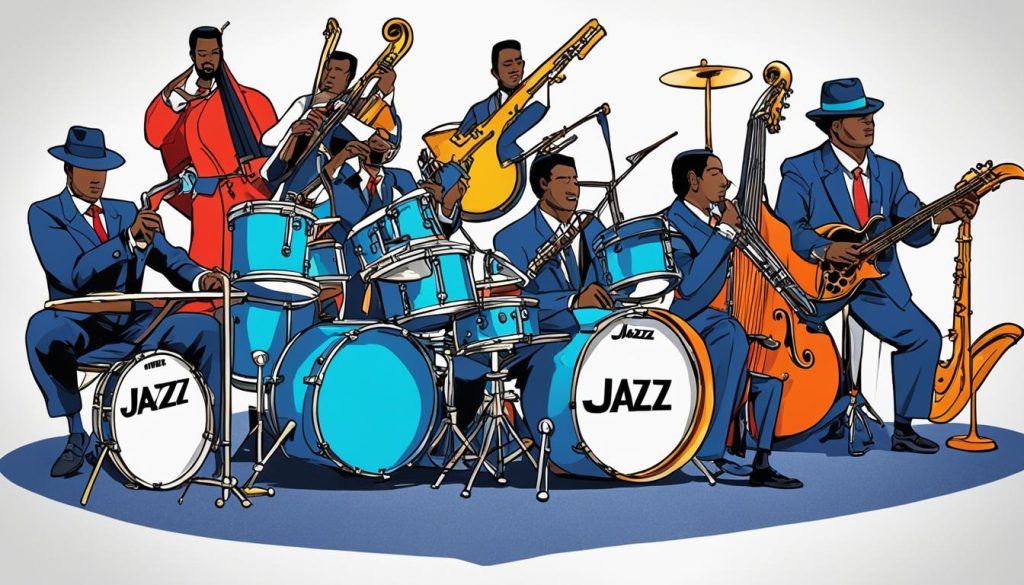Exploring the Essence of Jazzman Blues Music
Jazzman Blues is a genre of music that has captivated audiences for generations with its soulful melodies and improvisational nature. It is a genre that has stood the test of time and continues to inspire musicians and music lovers around the world. Understanding the essence of Jazzman Blues means delving into its unique characteristics, influences, and instrumentation, which have all contributed to its enduring popularity.
Key Takeaways
- Jazzman Blues is a genre of music known for its soulful melodies and improvisational style.
- The genre has deep roots in the blues traditions of the Deep South and has been influenced by various other styles, including ragtime.
- Swing rhythms, syncopation, and melodic expression are all defining characteristics of Jazzman Blues.
- Typical instrumentation in Jazzman Blues ensembles includes saxophone, trumpet, piano, and upright bass.
- Jazzman Blues continues to inspire musicians and music lovers worldwide and remains a timeless genre.
Unraveling the Origins and Influences of Jazzman Blues
The origins of Jazzman Blues can be traced back to the early 20th century, to the southern states of America, where the blues tradition had already taken root. African-American musicians, deeply influenced by the sounds of the blues, began experimenting with new rhythms and styles, fusing the traditional with the modern.
The syncopated rhythms of ragtime, with their emphasis on off-beat accents, also played a vital role in the development of Jazzman Blues. Ragtime’s innovative rhythms and complex harmonies, combined with the blues’ raw power and emotional depth, created a new sound entirely.
Jazzman Blues was also shaped by the contributions of legendary musicians, such as Duke Ellington, Louis Armstrong, and Jelly Roll Morton, who added their own unique flavor to the mix. Through their groundbreaking compositions and virtuosic performances, they expanded the horizons of Jazzman Blues and cemented its place in the pantheon of American music.

“Jazz is not just ‘music’, it’s a way of life, it’s a way of being, a way of thinking.” – Nina Simone
The Characteristics and Instrumentation of Jazzman Blues
Jazzman Blues music is characterized by its unique fusion of musical styles, created through the combination of swing rhythms, syncopation, and improvisation. The sound of Jazzman Blues is distinguished by its soulful melodies and expressive instrumentation, which gives the genre its signature sound.
To better understand the characteristics of Jazzman Blues, it is essential to explore the role of improvisation in the genre. Jazzman Blues is known for its emphasis on improvisation and experimentation, allowing musicians to explore their creativity within a given structure.
Additionally, the use of swing rhythms and syncopation in Jazzman Blues adds to its distinct sound. The use of a swing rhythm is characterized by a two-beat or four-beat pattern that gives the music a forward momentum. In contrast, syncopation involves accenting the offbeat, which creates a unique and unexpected sound. These elements combine to create the lively and expressive sound that has become synonymous with Jazzman Blues.
Regarding instrumentation, Jazzman Blues ensembles typically feature a variety of instruments, each playing a vital role in defining the genre’s unique sound. The saxophone and trumpet are essential lead instruments in Jazzman Blues, often playing melodic solos that add complexity and depth to the music. The piano and upright bass provide the harmonic foundation, keeping the rhythm and providing a solid base for the other instruments to build on.
| Instrument | Role |
|---|---|
| Saxophone | Lead instrument, plays melodic solos |
| Trumpet | Lead instrument, plays melodic solos |
| Piano | Harmonic foundation, keeps rhythm |
| Upright Bass | Harmonic foundation, keeps rhythm |

In conclusion, the unique characteristics of Jazzman Blues stem from its emphasis on improvisation and experimentation, as well as the use of swing rhythms and syncopation. The genre’s distinctive instrumentation, featuring the saxophone, trumpet, piano, and upright bass, further adds to its signature sound. Together these elements combine to create the soulful and expressive sound of Jazzman Blues.
Conclusion
In conclusion, Jazzman Blues is a genre that embodies the essence of musical expression and creative freedom. Its origins and evolution are deeply intertwined with the cultural and historical contexts of American music, and its distinctive characteristics and instrumentation continue to inspire and influence musicians today.
The improvisational nature of Jazzman Blues allows for a unique level of musical expression, enabling artists to craft and shape their performances in real-time. This aspect of the genre is central to its enduring popularity and significance, as it continues to captivate audiences and musicians alike.
By exploring the essence, origins, influences, characteristics, and instrumentation of Jazzman Blues, one can gain a deeper appreciation for the artistry and impact of this timeless musical tradition. Whether experiencing it live or through recordings, Jazzman Blues remains a vital and vibrant part of American music history.
FAQ
What is Jazzman Blues music?
Jazzman Blues music is a genre that combines elements of jazz and blues, creating a unique sound that is characterized by soulful melodies and improvisational solos. It is known for its swing rhythms, syncopation, and expressive performances.
What are the origins of Jazzman Blues?
Jazzman Blues has its roots in the blues traditions of the Deep South, particularly in African American communities. It evolved from the fusion of African music, European classical music, and African American folk traditions. Over time, it was influenced by ragtime, spirituals, and the emerging jazz movement.
Who were some influential figures in the development of Jazzman Blues?
Jazzman Blues has been shaped by numerous legendary musicians, including Louis Armstrong, Bessie Smith, Duke Ellington, and Billie Holiday. These artists, among others, played a pivotal role in bringing Jazzman Blues to the forefront of American music and leaving a lasting impact on its evolution.
How is Jazzman Blues different from other music genres?
Jazzman Blues sets itself apart through its improvisational nature and emphasis on individual expression. Unlike many other genres, Jazzman Blues allows musicians the freedom to improvise solos and create unique interpretations of songs. This spontaneous and dynamic aspect is a defining characteristic of Jazzman Blues.
What instruments are typically used in Jazzman Blues?
Jazzman Blues ensembles commonly feature instruments such as the saxophone, trumpet, piano, and upright bass. These instruments contribute to the distinctive sound of Jazzman Blues and allow for intricate melodies, improvisation, and rhythmic accompaniment.
